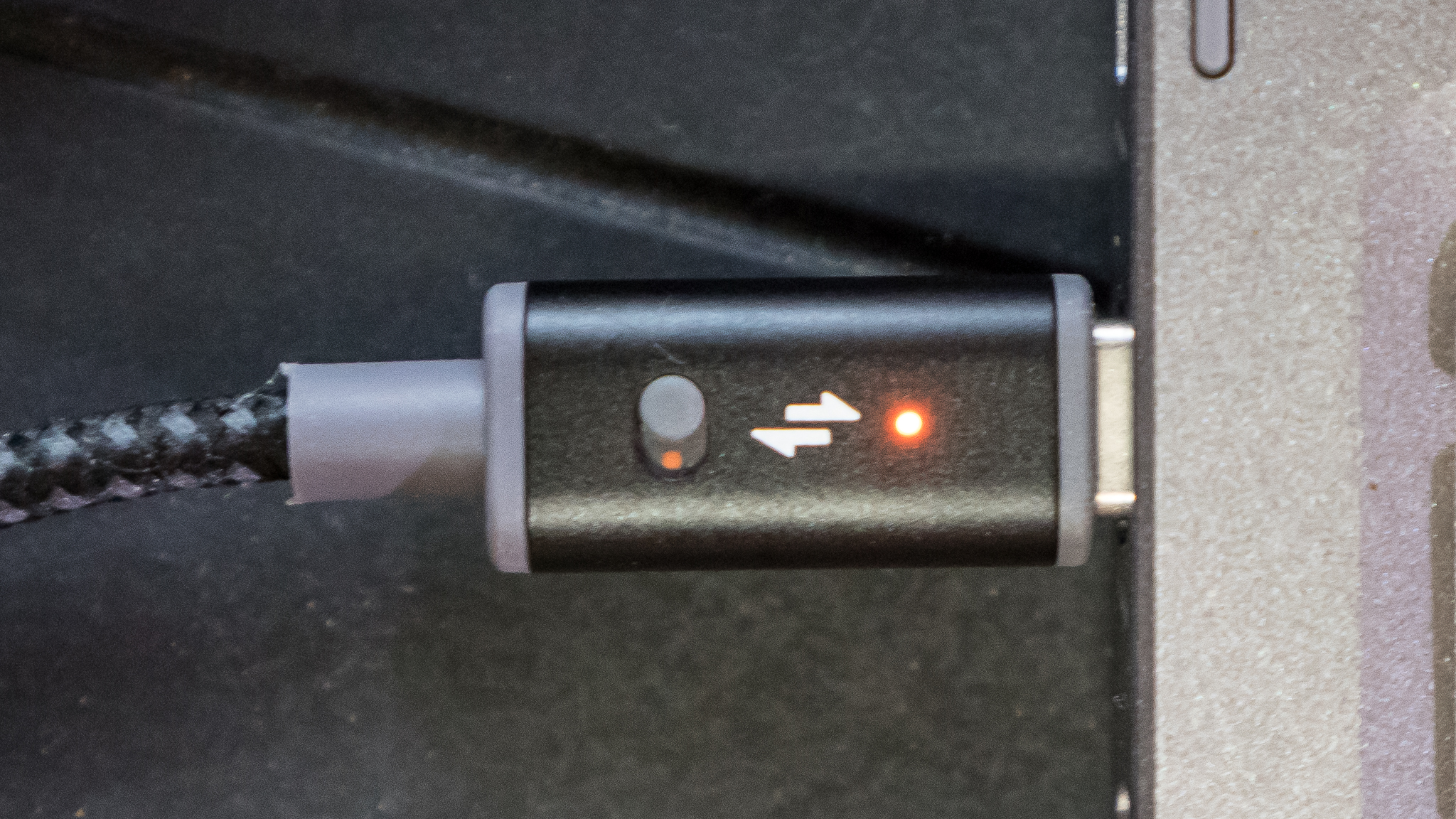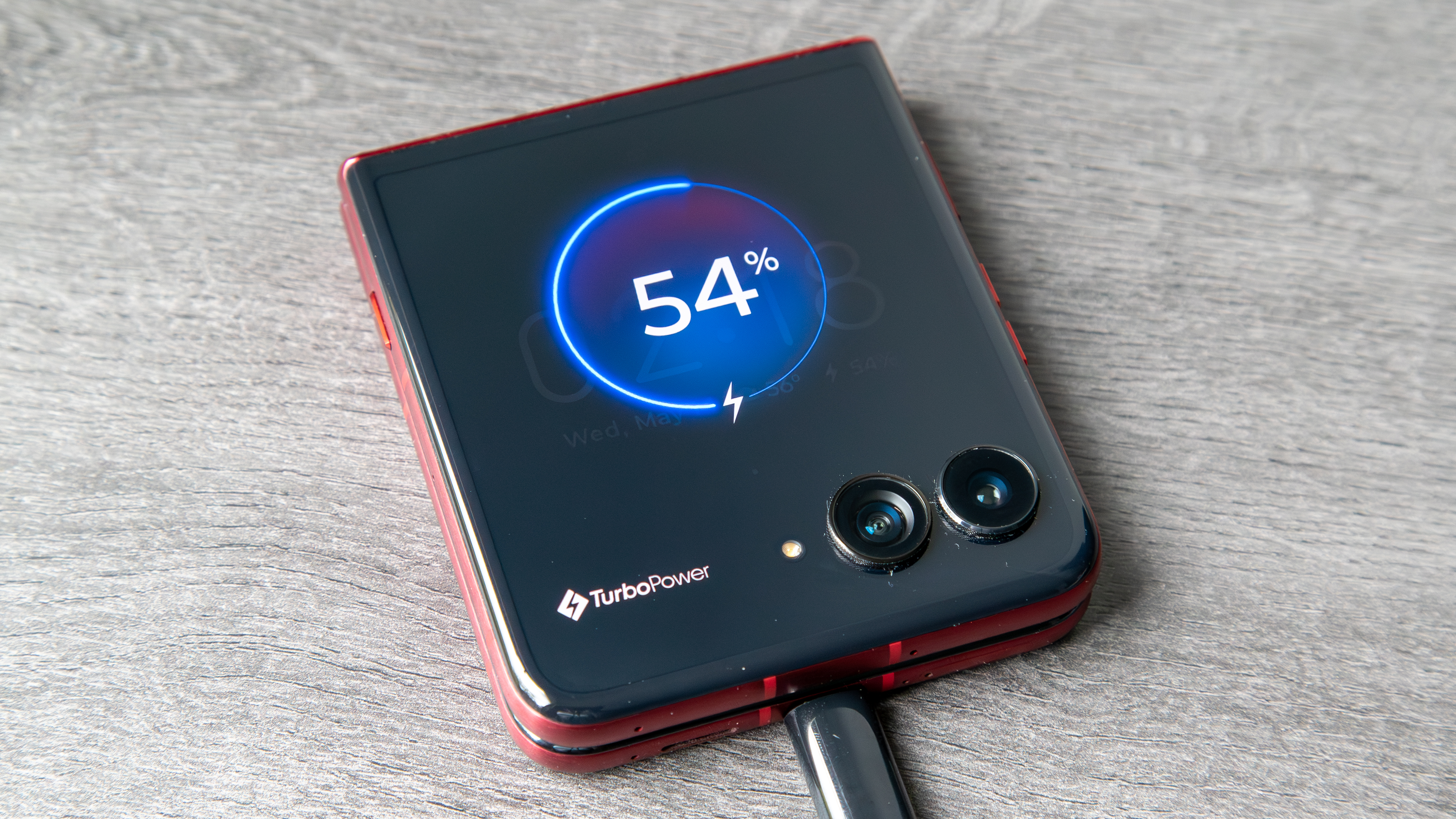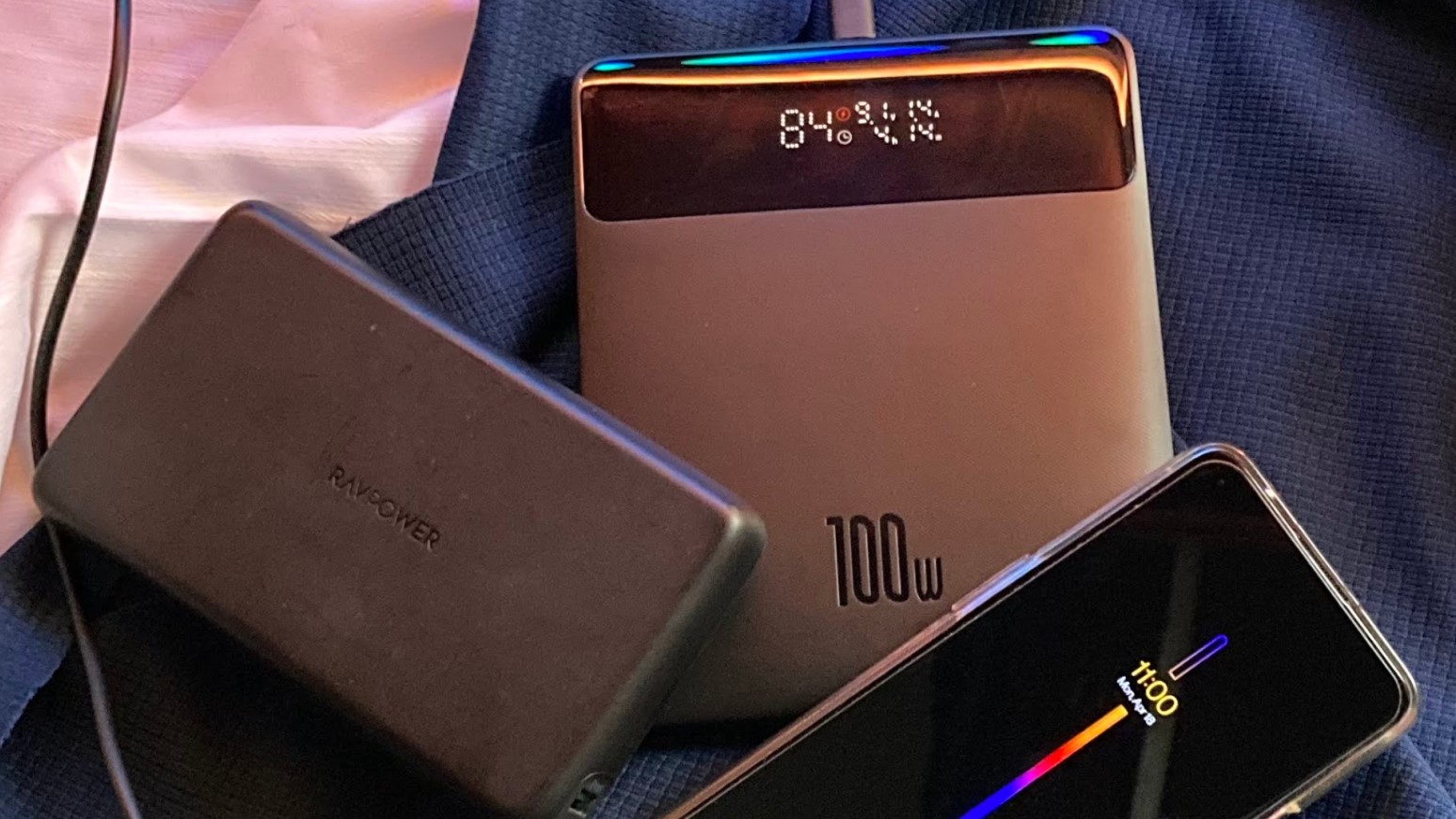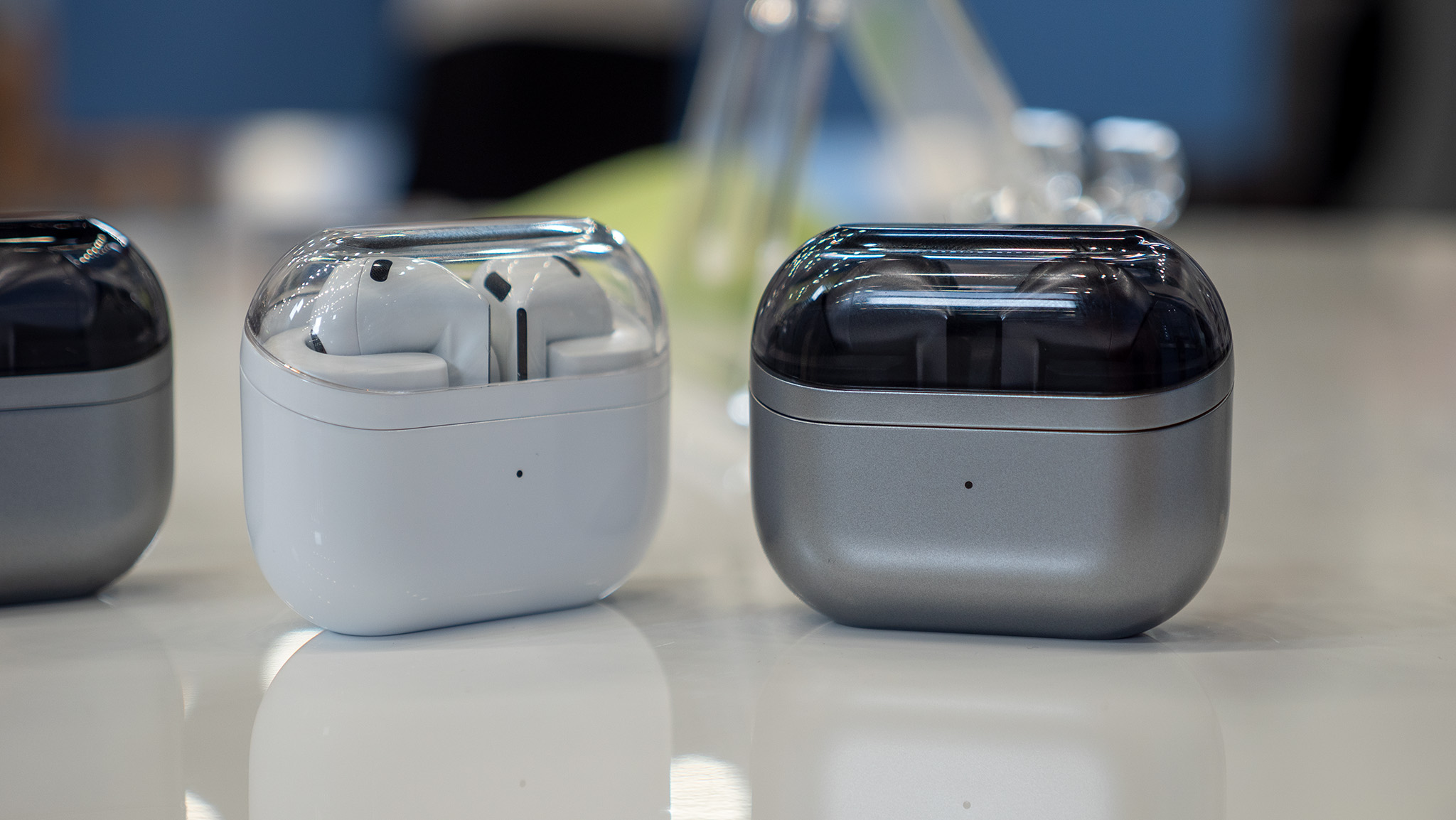This is why it's important to charge your phone the right way, especially when you're not home
Don't pick up something you don't want from a strange hole.

I have a pretty weird news feed. Mixed in with articles about aquarium heaters, the effect of Saharan dust on Florida's ecosystem, and doing your own front-end alignment (don't, trust me), I recently saw that the TSA has issued another warning about juice jacking at the airport.
Juice jacking is even dirtier than it sounds. It's when someone plants a computer inside a USB charging station that can try to send malware to the things you plug in to charge. We've all seen those charging kiosks, and there's plenty of room to sneak a Raspberry Pi inside to redistribute software you really don't want to tangle with.
The TSA recommends that you never plug a smart device directly into one of those kiosks. I don't know if they have new intel they aren't sharing or they just wanted to remind us about it, but with that warning in mind, let's talk about how you should charge your stuff on the go.

There are a couple of ways to make sure you aren't presenting a direct path for malware to get to your phone or laptop through the USB port. One is to carry around a battery pack and plug it into the public USB charger, then plug your phone (or whatever) into the battery. Both will charge at the same time.
Another way is with a power-only cable. A USB cable needs to have two wires to charge your phone, but usually has a few extra wires to carry data back and forth to other things you might want to plug in, like headphones or a thumb drive. You don't need those data wires to charge your phone.
You can buy a power-only USB cable from anywhere that sells electronics, like Amazon. You can also buy little adapters that only pass through power; plug them on the end of your cable, and it effectively cuts off all the wires except for the ones you need for power transfer. Either is a good choice.
Use your "regular" cable when you use your own charger — the thingy you plug into the wall. Any other time, use the one that only provides power.
Get the latest news from Android Central, your trusted companion in the world of Android

The third option, and the one I like, is to use a cable with a switch like the OSOM Privacy Cable. I picked up a couple of these a while back, and anytime I might need to use a public charging kiosk at a train station or airport, I use one.
It's simple, and if you're handy, you could make one yourself. It has a tiny switch at the end that connects the data wires when it's in one position and disconnects them in the other. It's not really any better way to protect yourself than using a battery pack or a power-only cable, but to me, it's more convenient than carrying around stuff I don't need.
What's important is that you use one of these methods. I don't think this happens too often, but I have seen a "compromised" USB kiosk at Oakland International Airport. I know it was, as they were there removing it because it had a small computer inside that was spreading malware. It was kind of cool seeing inside, but not very cool thinking it might have contaminated someone else's belongings. People can be bad.
We can't tell you what to think or what to do. We can tell you how easy it is to protect yourself from things like this, though. Trust me, spending $20 on cables is way cheaper than getting bitten by malware in the long run.

Jerry is an amateur woodworker and struggling shade tree mechanic. There's nothing he can't take apart, but many things he can't reassemble. You'll find him writing and speaking his loud opinion on Android Central and occasionally on Threads.
You must confirm your public display name before commenting
Please logout and then login again, you will then be prompted to enter your display name.
